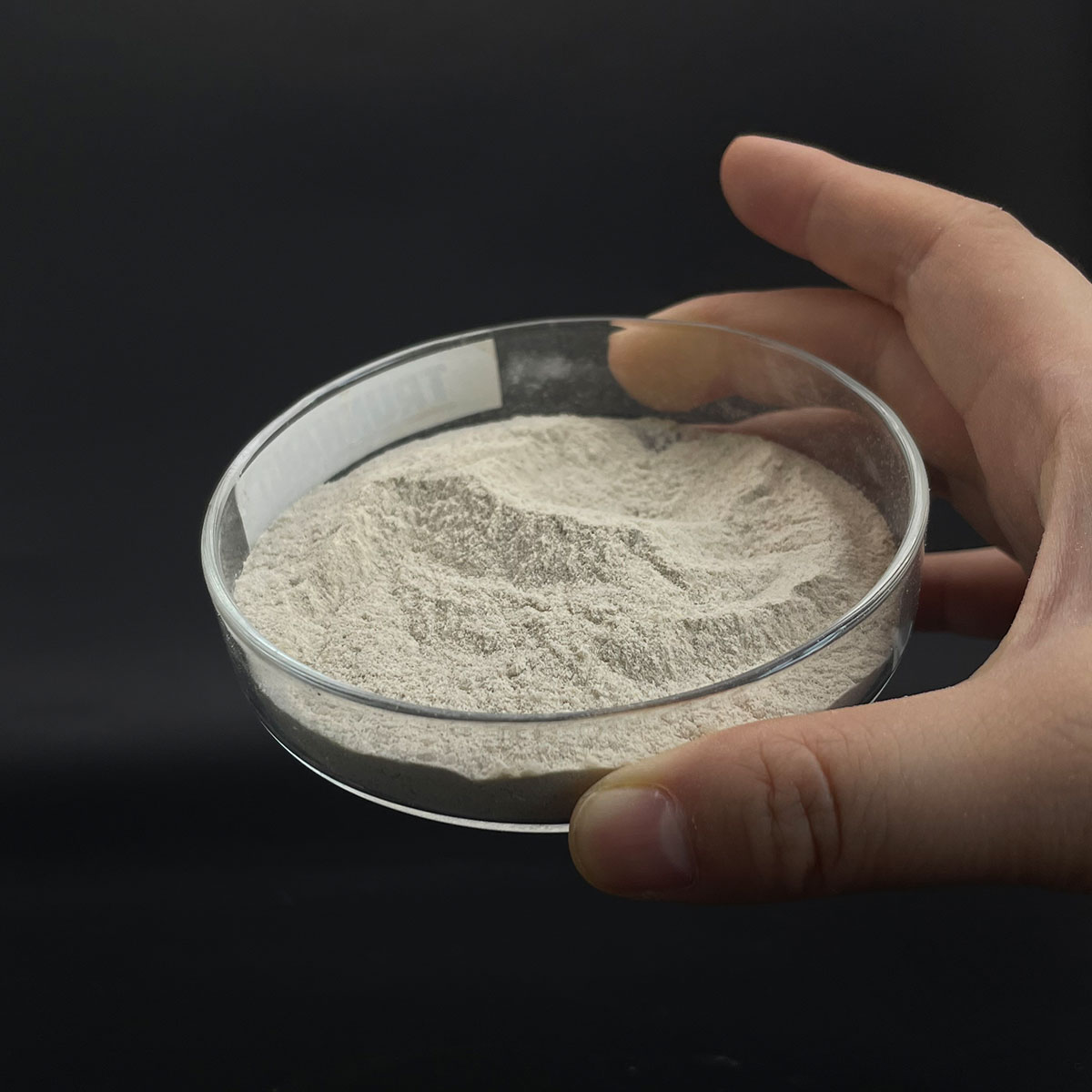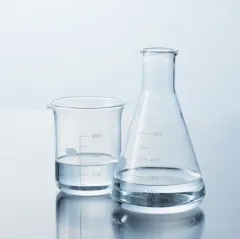Overview of Good Anionic Polyacrylamide with High Viscosity PAM Polyelectrolyte in Oil as Plugging Polymer-Surfactant.
Polymer surfactants, also known as polymeric surfactants or amphiphilic polymers, are high-molecular-weight compounds that combine the properties of traditional low-molecular-weight surfactants with the unique features of polymers. Unlike small molecule surfactants, polymer surfactants offer enhanced stability, improved solubility, and the ability to form more complex structures such as micelles, hydrogels, and vesicles. These macromolecules find applications across a wide range of industries due to their tailored structures and tunable properties, which allow for precise control over interfacial behavior and solution rheology.
Features of Good Anionic Polyacrylamide with High Viscosity PAM Polyelectrolyte in Oil as Plugging Polymer-Surfactant.
-
Molecular Weight and Structure: With a much higher molecular weight, polymer surfactants offer enhanced stability in harsh conditions and over prolonged periods compared to small molecule surfactants.
-
Tunability: The structure of polymer surfactants can be precisely engineered to include different functional groups, monomer sequences, and architectures, allowing for specific interactions and properties.
-
Multifunctionality: Apart from surface activity, they can also provide additional functionalities like thickening, rheology modification, and controlled release capabilities.
-
Self-Assembly: Capable of forming sophisticated self-assembled structures like micelles, hydrogels, and vesicles, which can encapsulate or release active ingredients in a controlled manner.
-
Environmental Compatibility: Many polymer surfactants are designed to be biodegradable and less toxic, making them suitable for eco-friendly applications.
-
Temperature and pH Responsiveness: Some polymer surfactants exhibit responsive behavior to changes in temperature or pH, enabling stimuli-responsive systems.

(Good Anionic Polyacrylamide with High Viscosity PAM Polyelectrolyte in Oil as Plugging Polymer-Surfactant.)
Specification of Good Anionic Polyacrylamide with High Viscosity PAM Polyelectrolyte in Oil as Plugging Polymer-Surfactant.
Excellent Anionic Polyacrylamide (PAM) with high thickness is a polyelectrolyte designed for oilfield applications. It acts as a plugging polymer-surfactant to control fluid circulation in storage tanks. The item has a molecular weight in between 12-18 million Daltons. This makes sure strong thickening and water absorption. The hydrolysis degree varies from 20-30%, providing secure efficiency in high-salinity settings.
The strong material is over 90%, reducing transportation expenses. Dissolution time in water is under 60 minutes. The remedy thickness reaches 50-80 mPa · s at 0.1% focus. This high thickness improves plugging effectiveness in cracks or high-permeability zones. The item functions within a pH series of 5-10. It preserves stability in temperature levels as much as 80 ° C.
Bit dimension is flexible from 20-100 mesh. This permits customization for various well problems. Residual monomer levels remain listed below 0.05%, conference safety requirements. The anionic teams improve compatibility with adversely charged rock surface areas. This boosts adsorption and minimizes water cut in production.
Shot concentrations vary from 0.05-0.3% based on reservoir leaks in the structure. The polymer forms adaptable gels that obstruct unwanted water networks. It collaborates with surfactants to reduced interfacial tension between oil and water. This synergy improves oil recovery while decreasing ecological effect.
The item stands up to shear deterioration during pumping. It reveals reduced adsorption loss on sandstone or carbonate developments. Field tests confirm a 15-30% reduction in water outcome. Compatibility with typical oilfield chemicals like biocides or oxygen scavengers is verified.
Storage space calls for a completely dry, ventilated area far from moisture. Product packaging includes 25kg water-proof bags or bulk containers. Service life goes beyond two years when secured correctly. Managing adheres to common safety procedures for polymer powders. Operators should utilize safety equipment to stay clear of breathing.
The polymer is non-toxic and biodegradable under regulated conditions. It meets API and ISO criteria for oilfield chemicals. Custom solutions are readily available for certain temperature or salinity demands. Technical assistance is attended to dosage optimization and area assimilation.

(Good Anionic Polyacrylamide with High Viscosity PAM Polyelectrolyte in Oil as Plugging Polymer-Surfactant.)
Applications of Good Anionic Polyacrylamide with High Viscosity PAM Polyelectrolyte in Oil as Plugging Polymer-Surfactant.
Anionic polyacrylamide with high thickness (PAM) functions well in oil industry applications. This polymer-surfactant improves performance in boring and production. Its high viscosity aids manage liquid flow in reservoirs. It works as a plugging agent to obstruct unwanted courses in rock formations. This routes oil toward extraction factors more effectively.
In enhanced oil recovery, PAM enhances water thickness in shot fluids. Thickened water presses entraped oil towards wells. This approach boosts move efficiency. It lowers water carrying with high-permeability zones. Even more oil is displaced from storage tanks. The outcome is higher manufacturing rates with lower water cut.
PAM maintains drilling liquids during well building and construction. It develops a protective layer on wellbore wall surfaces. This prevents collapse and fluid loss right into developments. The polymer’s shear-thinning habits preserves liquid thickness under high stress. Boring tools deals with much less wear. Workflow come to be much safer and more cost-efficient.
Water treatment in oilfields uses PAM to separate oil from generated water. The polymer binds to oil droplets and suspended solids. This quickens resolving in therapy storage tanks. Cleanser water meets ecological standards for disposal or reuse. Less chemical waste is produced. Handling costs drop considerably.
As a connecting agent, PAM seals fractures or permeable areas in storage tanks. It forms gel-like structures when blended with crosslinkers. These gels obstruct paths that create water or gas to bypass oil. Targeted areas keep pressure for far better recovery. The polymer’s thermal stability ensures performance in high-temperature wells.
PAM reduces rubbing in pipes during oil transport. Reduced drag suggests less energy is required to pump liquids. Pipeline throughput increases. Maintenance intervals extend as a result of lowered deterioration risks. The polymer is compatible with various other ingredients. It does not conflict with basic oilfield chemicals.
Ecological benefits consist of low poisoning and biodegradability. PAM fulfills governing needs for oilfield chemicals. It lessens ecological impact compared to typical surfactants. Handling dangers for workers are lowered. Storage and disposal treatments remain straightforward.
Economic benefits come from decreased product usage and downtime. Operators save money on water injection volumes. Fewer well interventions are required. The polymer’s long life span cuts storage space expenses. Its adaptability throughout applications makes it an affordable choice for oilfield procedures.
Company Profile
SurfactantChina is a trusted global chemical material supplier & manufacturer with over 12-year-experience in providing super high-quality surfactant and relative products.
The company has a professional technical department and Quality Supervision Department, a well-equipped laboratory, and equipped with advanced testing equipment and after-sales customer service center.
If you are looking for high-quality surfactant and relative products, please feel free to contact us or click on the needed products to send an inquiry.
Payment Methods
L/C, T/T, Western Union, Paypal, Credit Card etc.
Shipment
It could be shipped by sea, by air, or by reveal ASAP as soon as repayment receipt.
5 FAQs of Good Anionic Polyacrylamide with High Viscosity PAM Polyelectrolyte in Oil as Plugging Polymer-Surfactant.
Good Anionic Polyacrylamide with High Viscosity PAM Polyelectrolyte in Oil as Plugging Polymer-Surfactant FAQs
What is this product used for?
This product is mainly used in oilfield operations. It works as a plugging agent. It controls water flow in reservoirs. It improves oil recovery by blocking high-permeability zones. This forces injected fluids to push oil from harder-to-reach areas.
How does the high viscosity help?
High viscosity allows the polymer to form strong gels. These gels create stable barriers in rock pores. This stops water from channeling through easily. The thick gel ensures even fluid distribution. This maximizes pressure on oil trapped in low-permeability zones.
Why choose anionic polyacrylamide over other types?
Anionic PAM has a negative charge. It repels negatively charged rock surfaces in reservoirs. This reduces adsorption losses. It stays active longer in the formation. It performs better in high-salinity conditions common in oilfields.
Is it safe for the environment?
The product is non-toxic. It breaks down naturally over time. It meets industry standards for environmental safety. Proper handling minimizes risks. Disposal guidelines ensure it does not harm ecosystems.
How should it be stored and applied?
Store it in a cool, dry place. Keep it away from moisture. Mix it with water before injection. Use recommended dosages based on reservoir conditions. Testing ensures compatibility with local geology. Adjust concentrations for optimal plugging performance.

(Good Anionic Polyacrylamide with High Viscosity PAM Polyelectrolyte in Oil as Plugging Polymer-Surfactant.)






